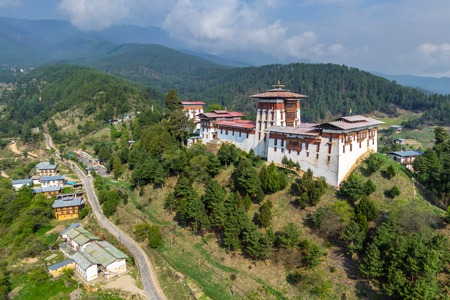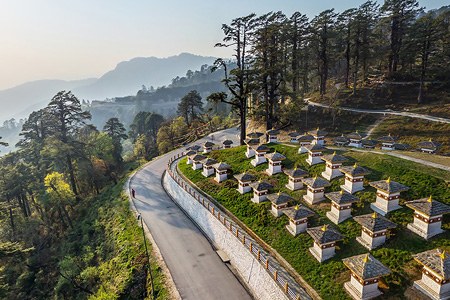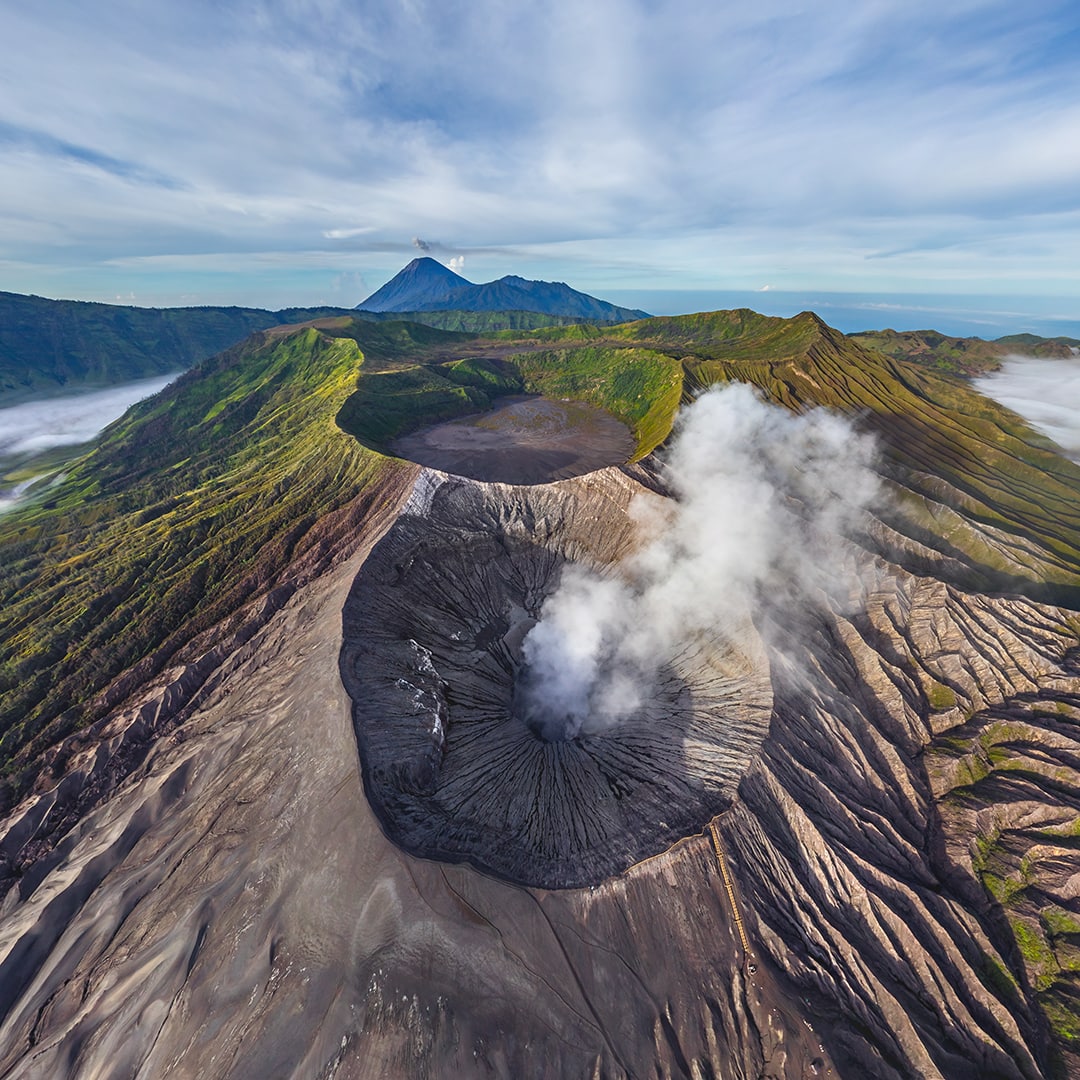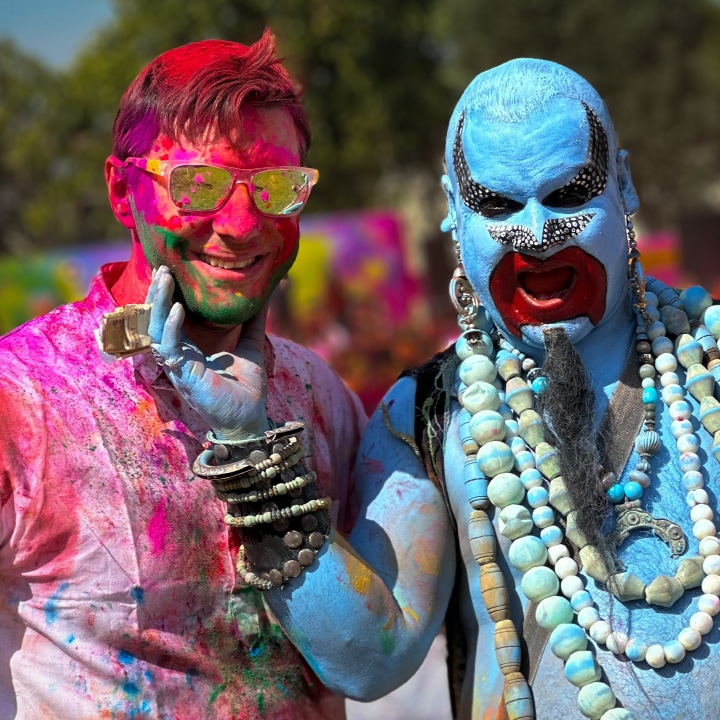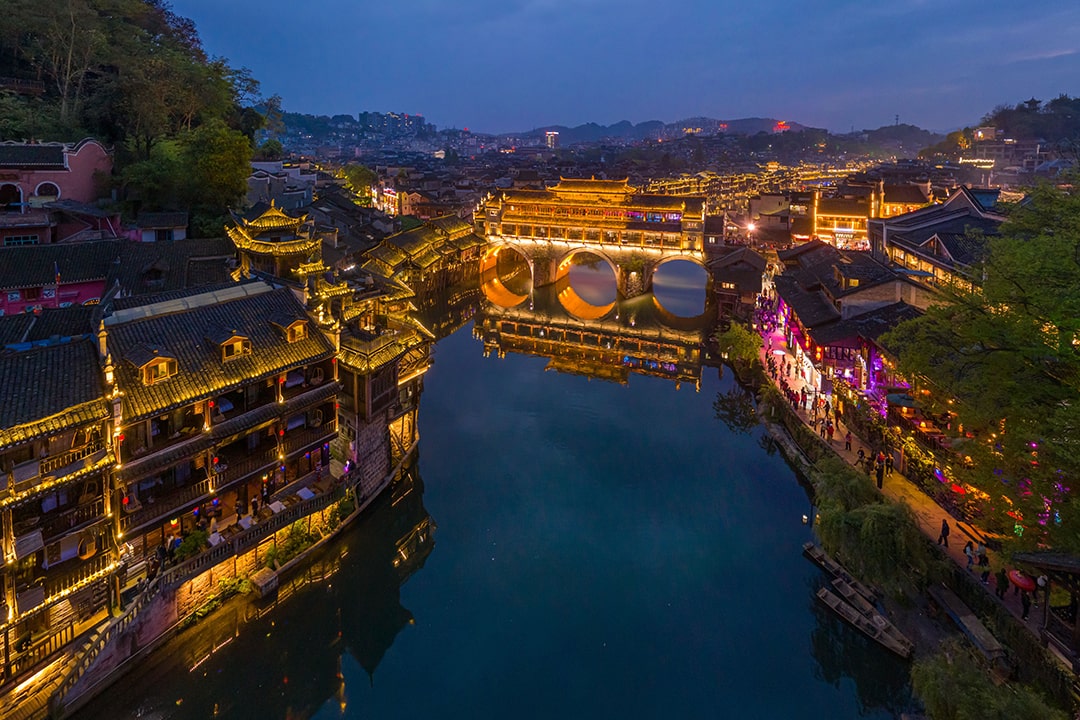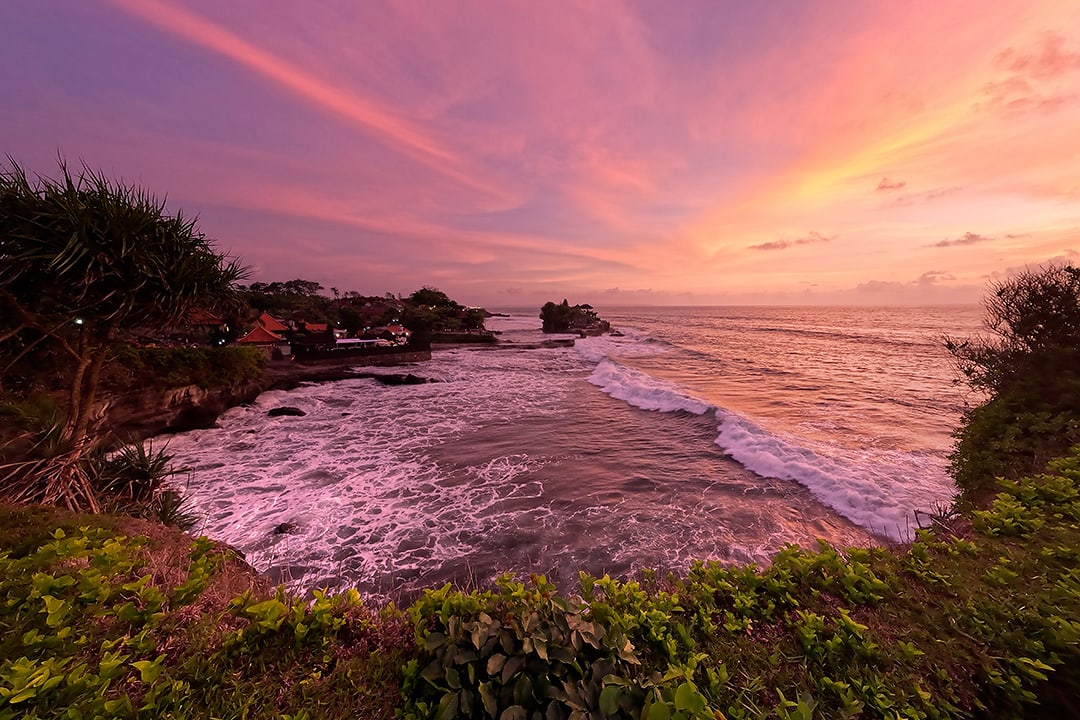Bhutan. Part I
Many legends and rumors are told about Bhutan, or Druk-yul, the "Thunder Dragon Kingdom", as locals call their own country. And the best way to determine the truth and the fiction about this place — is only to visit this country personally.
Flights to Bhutan are operating from Thailand, India, Singapore and Nepal. Paro Airport is considered one of the world's most challenging airports for taking off and landing: it is surrounded by high mountains and the runway is rather short.

Until 1974 foreigners were not allowed to enter the country and the only way to visit Bhutan was a personal invitation from the King or Queen. Now it is open for tourists but the flow is restricted and regulated economically: all tourists must travel on a pre-planned and prepaid tour arranged by an officially approved tour operator. The cost includes accommodation, meals and guide services. It also includes a fee (around $65 per day) — the King's tax, the money from which goes to the social needs of Bhutan: healthcare, infrastructure development, etc.
Our main purpose for coming to Bhutan was making aerial panoramas of the country's landmarks, so we began our preparations long in advance. Until recently the use of drones in the country was forbidden, so we were surprised and very glad to receive all the necessary permissions for aerial photography.
The airplane abruptly turned above little homes and trees that I could see in the window as we were ready for landing. Here we are in Paro, such a legendary country of Bhutan! The following day is already scheduled for a drone flight over Paro Dzong (type of fortified monasteries or palaces in Himalaya region).

Soon we were given additional instructions from aviation security services: not to approach the dzong too close, not to fly above the roof, not to launch the drone while airplanes or helicopters are in the air — we are only a mile away from the airport. The sun is shining, the wind sweeps the clouds over the mountains of Himalaya, the walls of the mighty dzong are raising above our heads. What an astonishing scene!
In five minutes local police officers approached us to ask what we were doing. We showed them all the permissions and papers we had, the aviation security inspector who was accompanying us confirmed that everything was ok. However, in a while a new group of policemen and aviation safety representatives came up and we understood that an easy solution was not expected to be found. With all our equipment we went to the aviation safety office to found out that despite all the permissions we have received previously there was a regulation forbidding drone flights in Paro.
Eventually, all our permissions were recalled and we needed to validate them again. Until then all photographing is forbidden.
Fortunately, our friends from White Umbrella Tours, who organized our trip, managed to make an impossible thing: they obtained all the necessary approvals only in a couple of days! But we got excited too early: in addition to all the papers we also received the list of places where drone-flights are prohibited — it included all the main monasteries, dzongs and big settlements. In other words, we were left to take pictures of nature that looks quite similar to what we can see in the Northern Caucasus.
However, we could photograph from the ground. But as for the video — not closer than 200 meters from any dzong. Checkmate! So, we had to reorganize our shooting plan by removing all the prohibited objects and dzongs from it.
While our guides were busy with arranging the documents, we hiked to probably the most known monastery of Bhutan — Taktsang Lhakhang, also known as the Tiger's Nest. According to the legend, Guru Rinpoche flew to this place on the back of a tigress, so that's how the name appeared. The monastery is "attached" to the cliffside at the altitude of 3120 meters; and you can get here only on foot following a curvy mountain lane. Without a proper acclimatization it is a difficult thing to do, but our guide Karma encourages us.

An hour and a half later we finally managed to mount the slope and a wonderful view of the monastery appeared before us. At the entrance we were carefully checked by the security: it is prohibited to take inside not only cameras, but cell phones as well. Having observed the temples we went down to the cave, where Guru Rinpoche is said to have meditated and drank holy water running out of the cliff.
We left Paro and headed for Thimphu, the capital of Bhutan. There are a lot of cars in the city, but not a single stoplight: the traffic is regulated by policemen. The capital presently houses the King's residence: Thimphu Dzong is a rather majestic palace and in the evening its towers are brightly illuminated. But still, we couldn't capture it from the air.

The following day we went to Simtokha Dzong located on the outskirts of Paro. It is the oldest dzong of its kind in the country, built by Zhabdrung, who unified Bhutan. We were quite lucky to have met one military officer. I'm not good in defining different ranks of Bhutan army, but it felt like he was a high-ranking officer. We quickly fell into friendly talk and then he suggested showing us something that is usually hidden from others. He called for a monk, who opened the room where Zhabdrung's father lived and died.
We also managed to have a look at the sacred queen's crown, that is kept in the study room of monks. The Simtokha Dzong has survived the siege during the war with the Tibetans and was seized. When the invaders gathered in the main temple, the roof collapsed and they were killed. People say that spirit guards protected the place.
Finally, all the permissions are obtained and we start our journey into the depths of the country. The entire road is under repair, the paving surface is removed and our car is slowly riding along dusty serpentine, every now and then giving the way to herds of cattle and oncoming vehicles. We are heading for the Dochula pass located at the altitude of 3,116 meters above sea level. That's where we are going to spend the night.
Comparing to hot places like Paro and Thimphu, the dawn on the Dochula pass is rather cool and fresh. The sun flickers through the morning mist, illuminating the mountains and 108 memorial chorten-stupas. Some scent sticks are burning in the ritual furnace. Stas is launching the drone and we are ready to photograph. In the morning light stupas on the top of the hill look absolutely magnificent.

Our next destination is Punakha — a rather majestic dzong on the bank of the river, surrounded by blooming trees. It is also a winter residence of Je Khenpo, the religious leader of the country. The royal relics are kept here. Unfortunately, this dzong is in our "black list", so we can take some photo only in the courtyard and record video from the opposite bank of the river.

Almost at night we arrived at Gangteng, which is famous for having a rare bird's reserve. But we were more interested in the Gangteng monastery, where we were planning to go in the early morning. There we were introduced to the lama and after some negotiations we got permission to launch our drone.
As soon as we had finished photographing, we went to the monastery and its main temple. After that we were invited to have a look at something unusual. We followed a monk leading us up the steep narrow stairs to the second floor. Our eyes soon got used to the darkness, we entered a small room.

Along the wall there was an altar. Dark figures of warlords with cruel faces and iron hats on their heads stood on each side. The fire in the lamp flickered and it felt like the figures were moving. To the left of the altar there were different kinds of weapons: beginning with ancient swords and ending with modern guns with bayonets. Some strange monsters watched from the right side. I stepped closer to have a look. Indeed, these were dried heads of different animals, tusks and fangs. Here was the head of a leopard, its skin got shrunken so much that its threatening teeth had become more visible. I could see the head of a buffalo, next to the head of a boar, and a beak of a hornbill bird. A huge fish was hanging from the wall: it resembled a catfish, but with big sharp teeth. The monk explained that all of them are defeated demons, that had become trophies.

Suddenly I glanced at something strange and I shivered... Came closer for a better look. No, I was not mistaken, it was a human's hand. On the wall left to the "trophies" there was a rather strange creature. First I thought that it was a monkey, but the skull covered with dried skin looked absolutely like a human, though a small one. Long body, narrow hands and feet. Blackened skin tightened on the bones, but there was no decay; traits and palms were well preserved. A small human, but not a child — proportions are different. Together with all the bestiary I saw here, it gave a rather sinister feeling. This was a tseluchup, as we were told. A demon as well.
Once I read about tribes of dwarfs in Himalaya — explorers of the 19th century mentioned them. Probably, this creature was one of them, and he was rather unlucky to have met a lama who took him for a demon... So many secrets are kept behind the walls of these ancient monasteries.
Having left Gangteng, we headed for the Bumthang District. It is a very beautiful region, sometimes called "Bhutan Switzerland". Here we visited the monastery of Thangbi Lhakhang. The lama welcomed us very heartily and allowed us to take photos of the puja prayer ritual. Basically, photographing inside temples is forbidden, but this time an exception was made for us.
In total we spent two days in the monastery. We attended religious ceremonies, drank tea, and in the evening monks invited us to play some games with them. One of them was to pick up a stone that weighed around a hundred kilograms and carry it. Complete a lap with this burden, and all your sins will be atoned. I could only carry it for a quarter of the distance.

Bhutan is a very fascinating and unique country, we can talk about it endlessly. One of the most unusual peculiarities that differs it from other countries is the pursuit of happiness supported by legislation. In 1972 Bhutan's King Jigme introduced the concept of the Gross National Happiness. This measure is more important here than the Gross National Product, lying in the basis of many other countries.
Now the King of Bhutan is Jigme Khesar Namgyel Wangchuck, who was crowned in 2006 at the age of 26 years and thus he became the youngest reigning royal in the world. The philosophy of appreciation of happiness in the first place — not wealth — is still supported by him.
The usual life of the Bhutanese people is still influenced by historical values — both cultural and religious. The country is proud of its forests, flora and fauna, so environmental issues are ones of the most important in the happiness-centered governmental program. In addition to that, the way to the national happiness also includes an educational reform, obligatory English language teaching, road construction with no harm to the nature, care of the elderly, governmental support of the monasteries, total prohibition of smoking and use of the chemical fertilizers, pollution control and sustaining cleanliness, growing flowers in the streets and etc.
We would like to thank White Umbrella Tours and personally Natalia and Tashi Vangdi for organizing our tour, our guide Karma Yunten, driver Karma and all those people who helped and supported us during our trip.
Photos and text by Stas Sedov and Sergey Shandin
22 June 2016
See also:
— 360° photo, Bhutan, Part II. Thangbi Lhakhang
— 360° photo, Bhutan, Part III
— 360° video, Bhutan Part I
Read more
Photogallery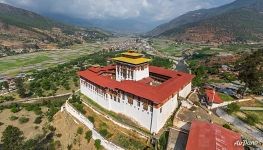 Above the Rinpung Dzong
Above the Rinpung Dzong
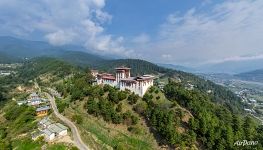 Jakar Dzong
Jakar Dzong
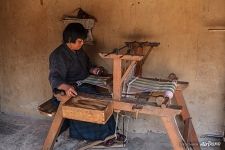 Weaver
Weaver
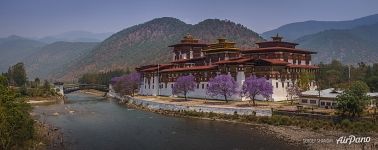 Punakha Dzong
Punakha Dzong
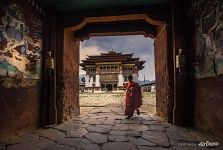 In the Gangtey Gonpa
In the Gangtey Gonpa
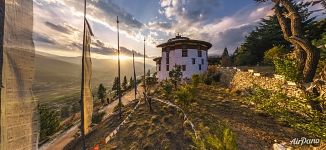 National Museum of Bhutan in the Ta-dzong building
National Museum of Bhutan in the Ta-dzong building
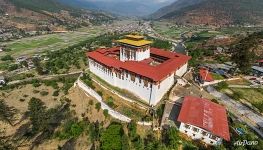 Rinpung Dzong
Rinpung Dzong
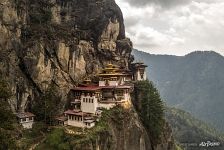 Tiger’s Nest (Taktsang Palphug Monastery)
Tiger’s Nest (Taktsang Palphug Monastery)
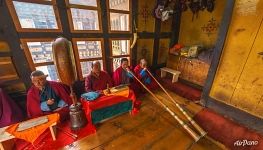 Puja in the Thangbi Lhakhang
Puja in the Thangbi Lhakhang
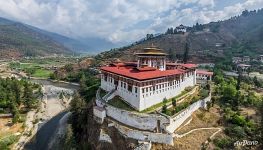 Rinpung Dzong
Rinpung Dzong
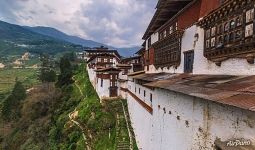 Trongsa Dzong
Trongsa Dzong
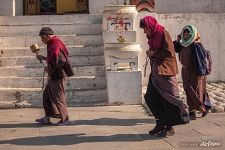 Kora (pilgrimage) around Thimphu Chorten
Kora (pilgrimage) around Thimphu Chorten
Virtual Travels in 360°
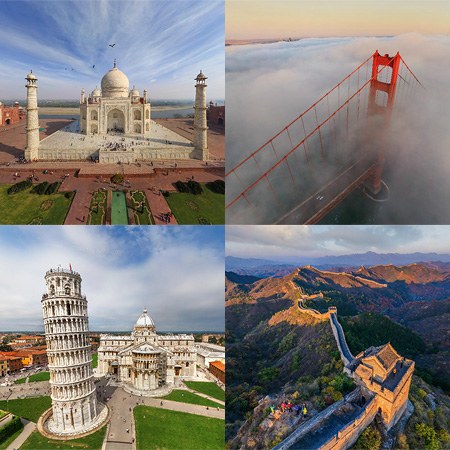 The Best Sights
The Best Sights
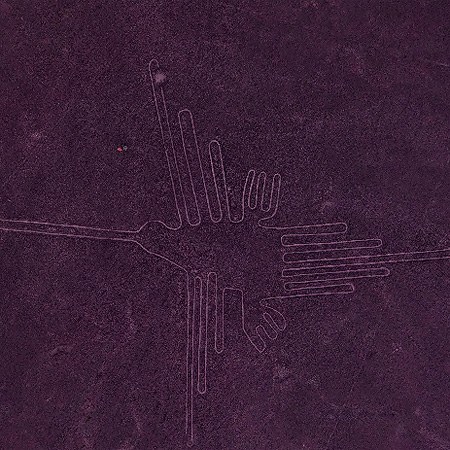 Nazca Lines. South America, Peru
Nazca Lines. South America, Peru
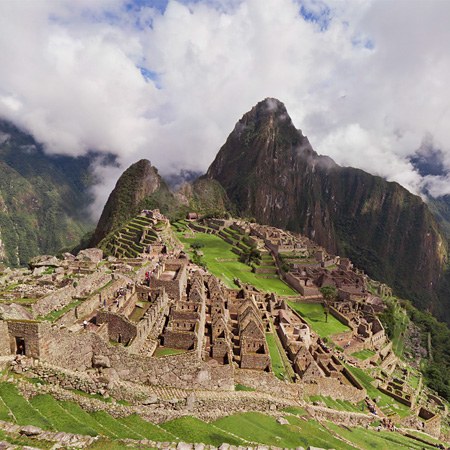 Machu Picchu — the ancient city of the Inca Empire
Machu Picchu — the ancient city of the Inca Empire
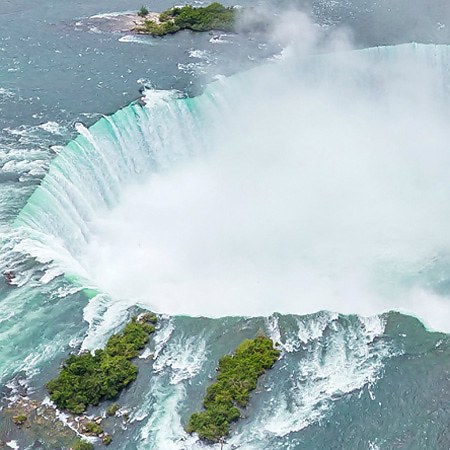 Niagara Falls, Canada-USA
Niagara Falls, Canada-USA
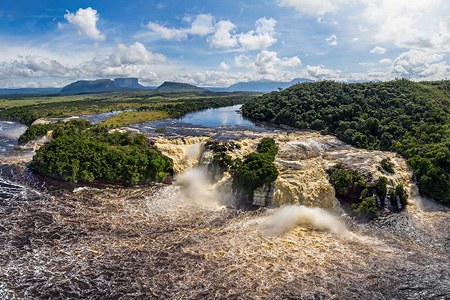 Canaima Lagoon, Venezuela. Part I. Ucaima Waterfall
Canaima Lagoon, Venezuela. Part I. Ucaima Waterfall
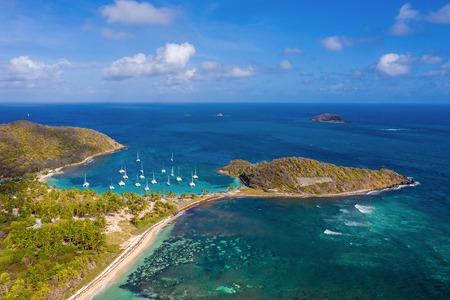 Trip to the Caribbean
Trip to the Caribbean
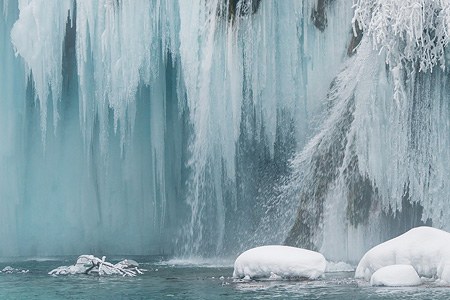 Plitvice Lakes National Park in Winter, Croatia
Plitvice Lakes National Park in Winter, Croatia
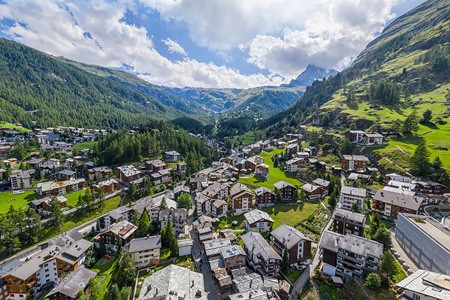 Zermatt, Matterhorn, Switzerland
Zermatt, Matterhorn, Switzerland
Show more



